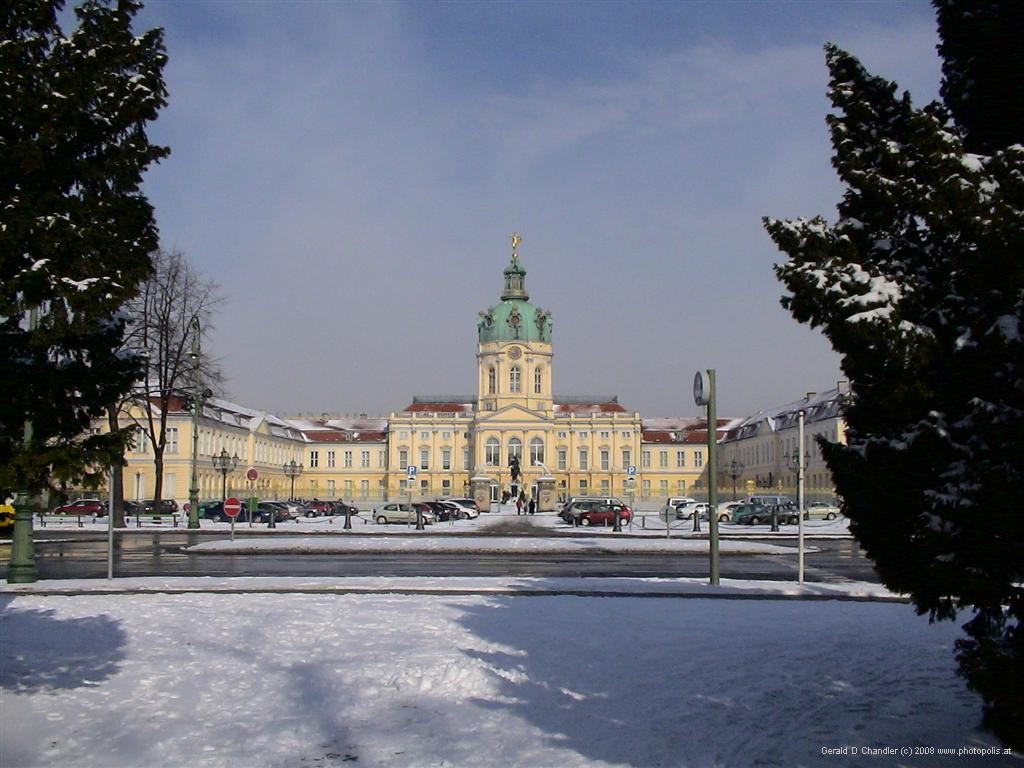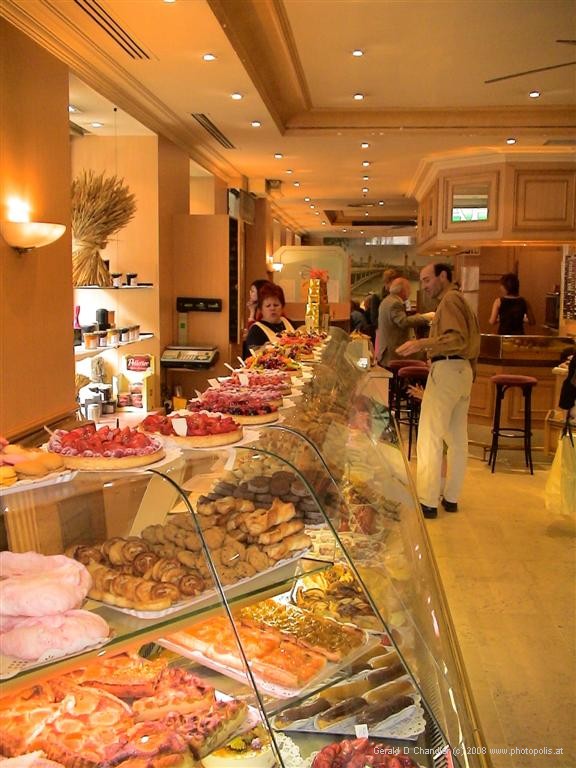Home | Front Page | Index | Blog | New | Contact | Site Map
Quiz Answer: Russian Consulate

|
We are headed for the Russian consulate. Yes, you read that right. We are hoping to spend some time in Russia, in Moscow to be exact. That would make three European capital cities in one year, although it's not clear that one can classify Moscow as a European capital, at least not yet!
Travel
2005
2004
| 2003
| 2002
| 2001
| 2000
Year In Review
Book Reviews
GerryGrumbling
JanJotting
Jokes
Jan's Resume
Friends' Pages
Recommended Links
Mexico 2004
Belize
Guatemala
Honduras
Nicaragua
Costa Rica
Panama
Colombia
Ecuador
Virginia
North Carolina
South Carolina
Georgia
Florida
Alabama
Louisiana
Texas
Arizona
California
Nevada
Egypt (Jan, 2002)
Israel (Feb-Mar, 2002)
Turkey (Apr-May 2002)
Bulgaria (early June, 2002)
Romania (early June, 2002)
Ukraine (June, 2002)
Poland (July, 2002)
Prague (July, 2002)
Britain (Aug-Sep) 2002
USA (Oct-Dec) 2002
We have added some pages about Colombia, perhaps the biggest and best surprise of our Latin American experience. Not only is the country physically very beautiful, with a great fund of colonial art and architecture, but the welcome given to foreign tourists is exceptionally warm. The country is clean and well-kept with little of the garbage and insalubrity that often seems to come with under-developement.
We've also added a new feature: a site map. The site is getting so complex that it's hard for newcomers to quickly get an overview. We hope the site map will solve that problem and also help more frequent visitors find what they want more quickly.
For almost the whole month of January, we were trying to find somewhere to spend the two months of February and March. We didn't think we wanted to spend the money to fly to South America and back for such a short time and so were looking for somewhere interesting in Europe. We thought of Spain, we thought of Austria and then Berlin fell into our lap. We found someone advertising a one-bedroom sublet for almost exactly the period we wanted at a price we could afford. A young doctor we had met in Ecuador had told us that Berlin was the most affordable capital city in Europe and he was right.
Zurück Nach Berlin
And so it was that we came to Berlin for our second visit in 31 years! Back in 1974 we had travelled to Berlin from Tübingen for a long weekend to visit Gerry's old friend from Illinois graduate school days, Jose Katz. We have long since lost touch with Jose but were nonetheless happy to come back to post Wall Berlin and refresh our memories of the city.
Our apartment was hardly luxurious, but it had the essentials: a good heating system to keep us warm in the German winter, a bathroom, a kitchen, a living-room and a bedroom. The furniture was sparse but comfortable enough. The worst problem was the lack of any kitchen utensils or sufficient bed linens. So on our first weekend, after struggling with paper cups and plates, we made a trip to the flea-market and had fun selecting dishes and tableware, pots and pans, glasses and cups, and a terrific English-style whistling kettle. We found a discount home furnishings store and picked up pillows and bed linen so that we could not only sleep comfortably ourselves, but also invite a couple of friends to stay.

Schloss Charlottenburg, Berlin |
The weather turned out to be colder than we had bargained for with at least four snowfalls during our stay, but even so we liked Berlin. It was interesting to wander around and then suddenly notice something that told you you were in the former East Berlin. There isn't much left that betrays the past, as so much of the eastern part of the city has been refurbished, but there are still one or two telltale signs, like the east German style pedestrian crossing lights, or the odd line of bricks on the ground that mark the wall's former location.
And of course Berlin is a city of musuems. We took full advantage of the weekly Thursday evenings free at most musuems, especially the Gemaelde Galerie, Berlin's principal art gallery. We also made a return visit to the Pergamon Museum which we had visited on our first trip to Berlin but honestly remembered very little of. This time it was of double interest because in 2002 we actually visited the site of the ancient city of Pergamon, now in western Turkey.
We have to say that even though Berlin was affordable compared to other capitals, we still suffered from Euroshock. Since our last visit to Paris in summer of 1999 the Euro had appreciated by almost 40% going from E1.30 to the dollar to E0.80. We benefited for several years from the high dollar and now we are paying the price. The simplest restaurants seemed expensive. The first couple of visits to the supermarket were nightmares. But fortunately the human spirit is eminently adaptable and gradually the exorbitant prices started to seem normal as we started almost to believe that a euro was the same as a dollar.
Perhaps the only thing that seemed cheap to us coming from the Americas was the wine. Not only was it cheap but it was good! Jan especially was delighted to find it possible to accompany a nice home-cooked meal with a bottle of wine. And on the advice of our landlord we did most of our wine-buying at the local Aldi supermarket where even California wines seemed cheap.
In Berlin, of course, we also found ourselves steeped in the history of the second world war and the Nazi regime that waged it. It is not a pleasant subject, but is still fascinating for history buffs like us. Our visits to several museums devoted to the subject were supported by a series of articles in Der Spiegel describing the last few months of the war as a run-up to the sixtieth anniversary of the defeat/liberation (depending on one's point of view We weren't there to take part as it happened in May well after our departure) and a lecture on Adolf Eichmann. We also made a trip out to the former concentration camp at Sachsenhausen with our friends Mick and Dinah. Snow on the ground and freezing temperatures notwithstanding, I think we all found it a worthwhile expedition.
Printemps à Paris

Parisian Fountain |

Parisian Patisserie |
From Berlin we took an overnight bus to Paris. There we had no difficulty whatsoever settling into the same apartment we had rented back in 1999 to begin our travel saga. We arrived just in time to witness the campaign for the referendum on the European Constitution. It has been riveting. There were two-hour debates on TV at least twice a week and so now we are quite familiar with all the famous, and infamous French politicians: Fabius and Fillon, Besancenot, Buffet, and Breton, de Villiers and de Villepin, not to mention Barnier and Sarkozy, Raffarin and Le Pen. By now they feel like old friends and even though the referendum is over, they are still all talking about it on the TV. One unexpected consequence is that our waking day has gradually shifted from the normal (for us retirees) 8 - midnight, to a sluggardly 10-2. The good programs on French TV don't usually start until 10 or 11 at night!
In Paris, we have skipped most of the museum-going we did so much of in 1999 and instead have concentrated on finding lectures, debates, and public meetings. At first they were almost all related to the constitutional debate, including a meeting in a cafe just half a block from our flat with maybe 50 people and another at the Palais des Sports with more like 5,000. Both happened to be gatherings of NON! voters. We found far fewer gatherings of OUI voters, which is perhaps why the ouiouistes (as they are called in French) lost the vote.
We've also discovered some things about Paris we missed last time around, like the fact that Paris, like Berlin, still has a stock of public fountains. This lovely example is located at the junction of four streets in the Latin Quarter. They are: rue l'Estrapade, rue Tournefort, rue Blainville, and rue Thouin. We found quite a few of them, but unlike this one, not all have running water — you can see the stream of water in the center of the fountain.
We have managed to pop into a number of new (to us) churches in Paris, including the stately St. Eustache near les Halles, and the gorgeous Trinité, not far from the Gare St. Lazare. We've also had some visitors, notably our friend Paloma from London, Mick and Dinah from London, too, and Jan's sisters Sue and Carol from Darlington. We would have gladly extended our stay but for some reason Veronica wants to reclaim her home after her 1,500 mile pilgrimage from Winchester to Santiago de Compostela — Brava Veronica! And so we will move on to pastures new. Watch this space.
Meaning of Estrapade
Thanks to the Michelin guide vert we learned that the rue l'Estrapade is named after a rather ghoulish instrument of punishment. The victim is tied to a rope attached to the top of a kind of scaffold (the estrapade), hoisted to the top and then dropped. The rope is short enough that the victim does not hit the ground and so instead when the rope tightens the victim's limbs are painfully dislocated. Consider it a kind of bungee jump with a medieval twist. Ouch!